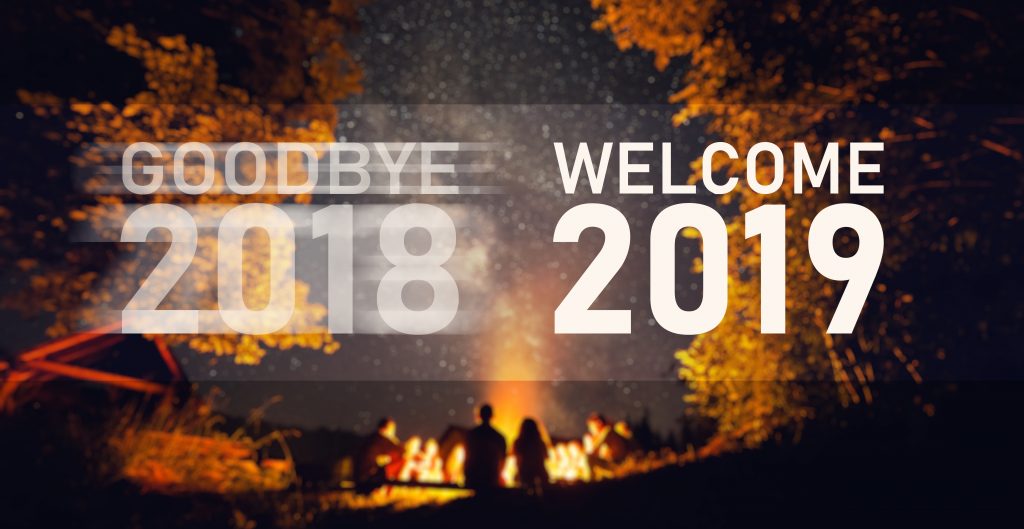Working with business leaders around the globe, one topic persists regardless of geography or industry. It’s the challenge of silos. The closed group and silo mentality challenges a business’s ability to coordinate, innovate and be more agile — three criteria for competing with disruptive movements in today’s marketplace. And just as walls can be built to form the silos, these walls can also be torn down.
Before breaking down silos and associated barriers to cross-group collaboration, we first have to understand why barriers and silos are created and/or exist in the first place. Here are four beliefs we hear regarding why silos exist and persist within organizations today:
- Knowledge and Certainty — People within silos come to believe they hold specific knowledge that is well known and understood within the silo and is not understood outside of the silo. The silo provides a safe place for their knowledge and certainty of how things should be done. Others outside of the silo “don’t get it” or don’t know.
- Belonging and Shared Purpose — Silos are micro entities with their own microculture within the larger organization. These micro entities often have a clear, shared purpose that makes belonging much easier. Associating one’s place and identity in an organization is much easier with silos than without.
- Fear and Scarcity — Fear plays a big role in the existence of silos. People fear a loss of perceived control over an area for which they are responsible. We can believe that resources and knowledge are limited and even scarce. This results in protecting the resources and knowledge of the silo for fear that “outsiders” will compromise them.
- Lack of Control — Many leaders believe it is much easier to get things done by running the smaller world of the silo than to integrate one’s area into a greater whole. There are fewer people to coordinate with, fewer people involved in decision-making and faster cycles — all things we believe we can and must control within our silo.
Knowing the key beliefs behind the existence of silos, we can learn how to replace them with new ways of thinking. New mental models will help us integrate people, ideas and action across multiple teams while making our organizations more flexible in their ability to respond to challenges. Here are four ways to break down silos and the walls between us at work.
- Shift From Certainty to Curiosity — Silos, by definition, are discrete areas wherein people brought together under a common purpose develop expertise that adds value to the greater organization. That expertise should be fundamental to the organization’s ability to thrive; however, oftentimes, that same expertise results in rigid certainty wherein the people within the silo believe they are the owners of what can be known about a particular subject. As such, they are not easily open to other groups that appear to have little or no experience in their area of expertise.
Busting the silo mentality requires having the same expertise but combined with a belief that the perspectives of others can be complementary; therefore, we should always be curious about what other perspectives and possibilities may exist. With an awareness that all people and groups have blind spots, a mentality of openness and curiosity allows us to collaborate and create value with groups outside of our own.
- Expand Belonging and Share a Greater Purpose — Just as having a purpose in common can hold a smaller group or silo together, expanding the purpose you and your group share with others can make working outside the silo easier. Oftentimes, we believe that sharing a larger purpose can mean it will be less meaningful for the individual. They may perceive their contribution as less because they have to share in a purpose larger than the one within their silo,
Therefore, it is important to explore and determine the impact each role has with regard to supporting a larger purpose, one that is outside of the group or silo wherein you work. For example, in a technology company, the internal engineering function that serves all employees and company needs has the specific purpose of supporting employees and initiatives with access and ease-of-use of the best technology. At the same time, the human resources department’s purpose is different still in that it exists to recruit, develop and retain the best talent. For these two departments to work together effectively, each will have to subordinate their individual group purposes for a larger purpose they both can share and relate to as both group and individual contributors.
- From Fear and Scarcity to Confidence and Abundance — Our experience shows that to the contrary, most groups within organizations work with a mindset of scarcity. This, in turn, creates a competitive posture for talent, resources and budget. A mindset of scarcity will avoid risks and will fear losing time or money. In contrast, a mindset of abundance believes that there is always more and as such seeks to build relationships and collaboration in order to realize more of what they seek. It is a mentality of thriving versus surviving.
However, believing in abundance requires having confidence in one’s capabilities. Confidence allows us to see more opportunity with fewer constraints. Poorly equipped teams lack skills and capabilities. This, in turn, reinforces their mindset of scarcity. In contrast, high-performing teams are always pushing the boundaries of what others believe are scarce. They see opportunity instead of problems. They see more instead of less. They believe in their ability to achieve new heights.
- From a Lack of Control to Focusing on One’s Ability to Respond — All situations at work are comprised of elements within our control and elements outside of our control. Silos often persist because we believe that elements outside of the silo are also outside of our control.
For example, human relations and interaction outside the silo can be more challenging than relationships within the silo. This may be true for a variety of reasons, including worldviews, beliefs, attitudes and education that are different than those shared within the silo. And yet, within the complexity of people and relationships lies the greatest leverage for busting silos. By exploring our ability to respond to the challenge of these relationships, we can design processes or road maps to organize the task being shared. Processes help clarify the actions people will take to fulfill a purpose. The clearer, more streamlined and agile the process the better. It then allows for people to collaborate with focus.
Conclusion
Silos exist because they support what we believe about ourselves, our work and our organization. When we believe we know something and others do not, we create silos. When we limit our shared purpose, we create silos. When we have a mindset of having a scarcity of resources, we create silos to compete for and protect our resources. When we seek to feel in control, we build walls that keep out whatever is outside of our control and, in turn, we create silos.
The answer to busting silos begins with shifting our beliefs about ourselves, our work and our organization. We can shift from knowledge with certainty to having knowledge combined with curiosity, wherein we believe the input of others outside our silo can be complementary and add value. We can expand our purpose to be shared with others, thus bringing down walls between us. We can build our capabilities so as to have the confidence required to see abundance and opportunity versus fear and scarcity. Finally, by focusing on our ability to respond, we can expand our impact on others and on the task at hand, allowing silos to open so collaboration can flourish across departmental lines.

















